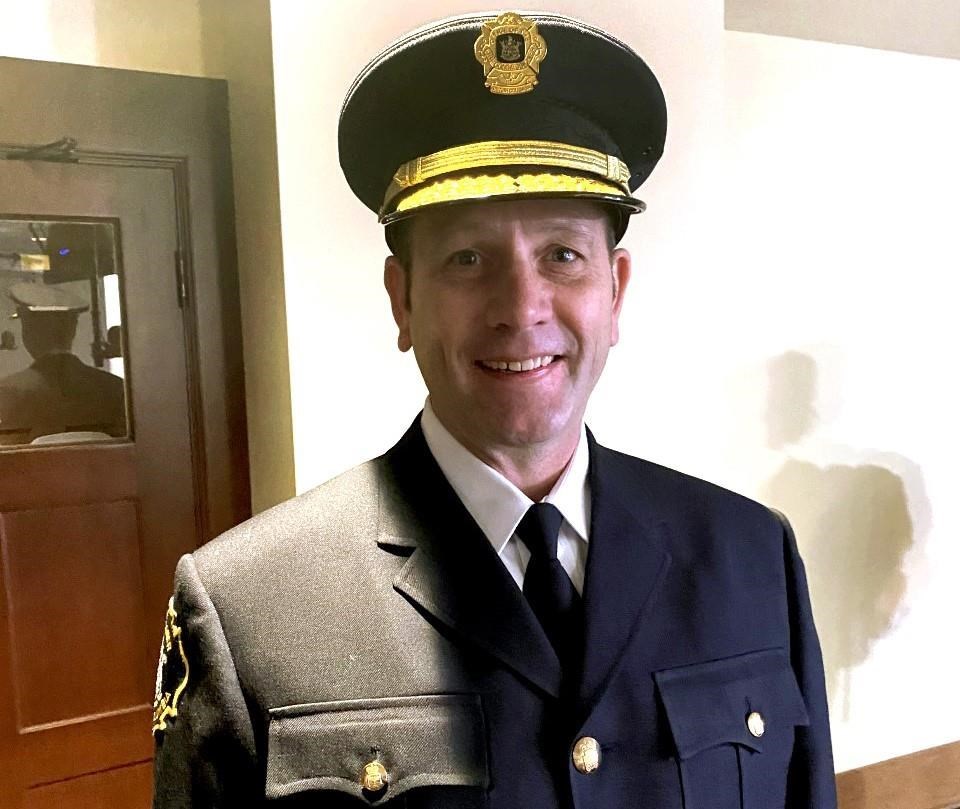VICTORIA â British Columbia's fire commissioner has highlighted the importance of functioning smoke alarms, saying too many people were needlessly dying, as he released a report showing that fire fatalities have tripled since 2019.
Brian Godlonton's annual report for 2022 shows there were more than 9,000 fires in the province last year, resulting in 86 fatalities, up from 28 in 2019.
He said a working smoke alarm was present in only 45 per cent of blazes that occurred in homes.
"We are having too many fires and too many people are losing their lives in structure fires when those deaths could have been prevented," he said at a news conference Thursday.
Godlonton said Canadian officials need to start looking at places like the United Kingdom and Sweden where smoke alarm usage is close to 100 per cent.
"I think what we're starting to see is what one may call a wear-off factor â that if there's not ongoing ⊠awareness and education, then it wears off and people forget, and they take it for granted and assume their smoke alarm is going to work and going to function. And that's certainly not the case," he said.
The report points to a number of factors contributing to the increase in fire injuries and deaths including an aging population, homelessness encampments, working from home due to COVID-19 and increasing population density in rural areas.
Godlonton said people over 65 are over-represented in fire deaths.
According to the report, over the past five years, 35 per cent of people who died in a sa¹úŒÊŽ«Ãœ fire were over the age of 65 and 11 per cent were over 80. Those over 65 represent 19 per cent of the Canadian population and those over 80 represent five per cent.
"Fire services need to provide more services and targeted public education programs to protect our aging population," the report says.
On Thursday, the sa¹úŒÊŽ«Ãœ government announced $1.6 million for a new campaign to educate people about proper smoke-alarm use and reducing the risk of fires.
The government and Statistics sa¹úŒÊŽ«Ãœ have also created a dashboard to provide statistical and geographical information on fires in sa¹úŒÊŽ«Ãœ
A pilot program was launched in 11 cities last year and the dashboard is expected to be rolled out across the province in the coming weeks.
Godlonton said the data is an opportunity to help identify communities at greatest risk.
"So with what limited resources local governments and communities have, that it's a targeted, focused approach to address these concerns," he said.
"So we are looking at doing things differently, more effectively and more efficiently with what resources are available."
Public Safety Minister Mike Farnworth said in a statement that the fire deaths represent an "alarming trend," and a working smoke alarm is a critical tool for saving lives.
This report by The Canadian Press was first published June 8, 2023.
The Canadian Press



